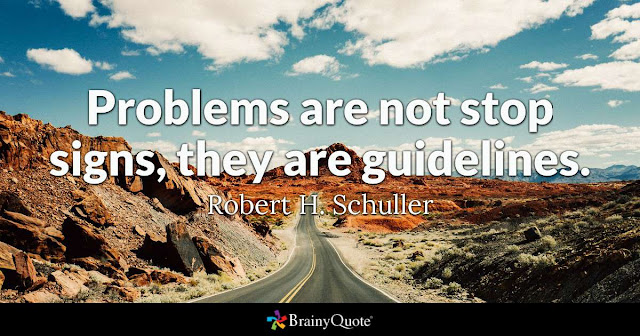Nudge
Published: 17/04/2020
Nudge by Thaler and Sunstein

Thaler and Sunstein (2008) describe a nudge as 'any aspect of the choice architecture that alters people's behaviours in a predictable way without forbidding any options or significantly changing their economic incentives.' An example of this would be the positioning of certain items of food in a cafe. Thaler and Sunstein explain that items placed at eye level are more likely to be purchased by an individual than those placed above or below this level. This knowledge can have a large impact on sales of certain items or on the eating habits of the customer.
They also discuss the effect of how a topic (such as surgery) is presented effects the likelihood of an individual complying or looking positively upon it.
For example
An operation has a 80% success rate sounds more persuasive than an operation has a 20% chance of adverse or unsatisfactory outcomes. Which would you prefer to be told?
Knowledge of the impact of nudging can have positive impacts upon clinician's ability to positively impact patient's health as well as encouraging them to comply with treatment.
Further reading
For those who wish to learn more about nudge theory, here are some helpful resources:
Imperial College London: What is nudge theory?
Vlaev, V., King, D., Dolan, P. and Darzi, A. (2016) 'The theory and Practice of 'nudging': Changing Helath Behaviors', Public Administration review, pp. 550-561.

Comments
Post a Comment